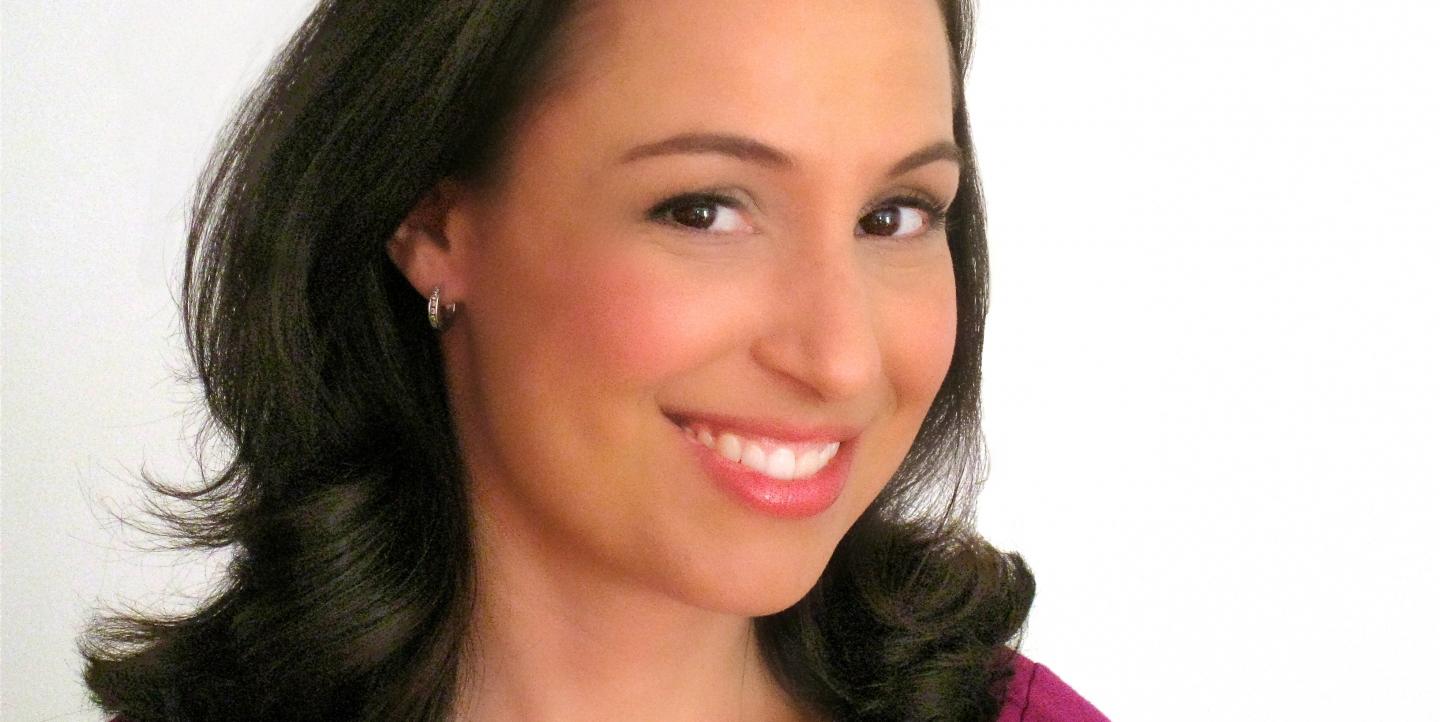These days, more journalists are on-camera than ever thanks to webcams, online chats and video phones.
Manoush Zomorodi, who has been posted in Washington, Berlin, Brussels and New York for BBC news, has published the new multimedia e-book “Camera Ready” to help camera-shy journalists.
The book, the culmination of years of experience in helping journalists and nonprofit professionals transition to being on-screen, provides tips on how to best conduct effective interviews by providing 20 videos. It also includes interviews with video experts from industries including broadcast journalism, retail, non-profits, PR and education.
Using Kickstarter and various social media outlets, Zomorodi managed to raise more than US$5,000 for her book. She created the book using publishing platform Vook,which combines text and embedded video.
Zomorodi talked with IJNet about the book and her advice for those who want to be ready for the screen.
IJNet: What are the major mistakes people make behind the camera?
Manoush Zomorodi: When they are behind the camera, people need to remember that decent lighting, shot composition and good audio are vital to looking professional. Even if you are doing a webcast from home, take the time to mic yourself (just use the one from your earbuds), put your laptop up on a stack of books (to avoid a double chin) and get some light on your face. These little details add up. I'm a firm believer that the audience connects with you and your information only if they aren't distracted by a shadowy face, crackly voice or other minor technical mistakes.
IJNet: What are other quick tips you can give to journalists who need to be “Camera Ready?”
MZ:
-
Decide on the right format for you. Should you do a daily video blog, a weekly Google Hangout, or maybe a monthly, more intensive, mini-documentary?
-
Create video that adds value. Don't just make a video that repeats your text. Make video that adds a personal, educational or inside angle to your story.
-
Structure your time on camera before you start filming. Write out what the top message of your video is, the points that back it up, and a final thought that kicks the story forward.
-
Ramp up your energy. The camera has a way of muting most people, so you'll have to be at your most charismatic to connect with viewers. Also, be sure to look straight into the lens and imagine you are explaining something to a friend, not just a piece of glass.
- Don't dismiss the superficial stuff. Take the time to wear clothes that look good on camera (no thin stripes, etc.) and use a bit of makeup. You want people to listen closely to you, not be distracted by the glare coming off your forehead, right?
IJNet: How did you manage to spread the word about your project?
MZ: I think I wrote about 400 personal emails, which was a great chance to connect with people from all aspects of my life. Twitter was also vital to reaching people.
But I think the most important thing about Kickstarter is this: write your book or create your project before you run a campaign. I had already written "Camera Ready," so I was able to show people I actually knew what I was talking about and could deliver.
You can read more of Zomorodi's work here and follow her on Twitter.
Click here to buy the book.
Photo: Manoush Zomorodi, from her website.


